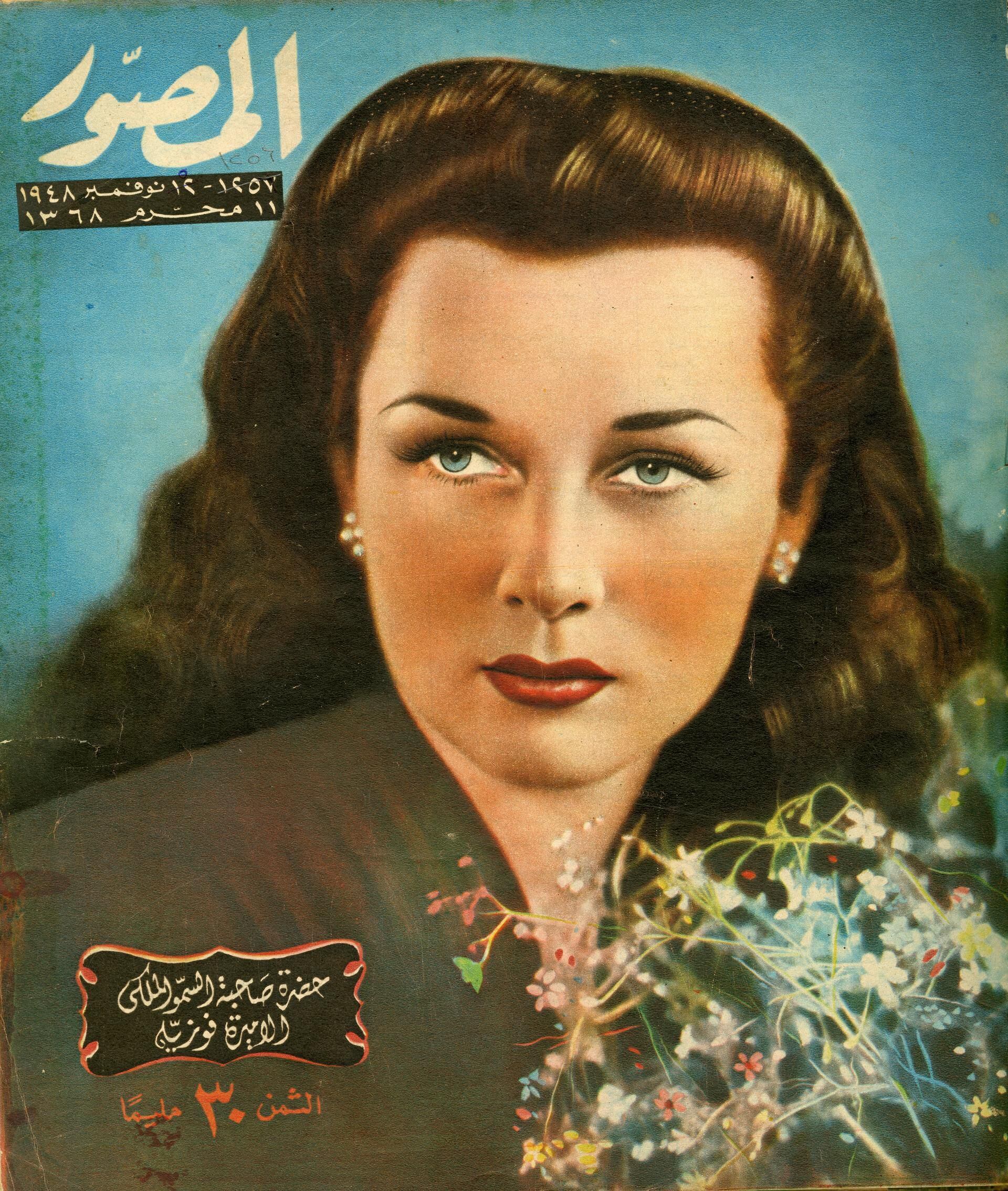 |
| Queen Fawzia of Iran, Princess of Egypt. |
 |
| Queen Fawzia of Iran in 1942, photographed by Cecil Beaton. |
 |
| The Queen of Iran. |
A century ago today, Princess Fawzia of Egypt was born. She was the daughter, sister, and aunt of successive kings of Egypt. Fawzia was also the first wife of the last Shah of Iran.
 |
| Left to right: Princess Faiza, Princess Faika, Princess Fawzia, and Prince Farouk. |
 |
| A young princess. |
On 5 November 1921, Princess Fawzia bint Fuad of Egypt was born at the Ras el-Tin Palace in Alexandria. The princess was the eldest daughter of Sultan Fuad I of Egypt and Sudan (later King Fuad I of Egypt) and his second wife Nazli Sabri. Princess Fawzia had four full siblings: King Farouk I of Egypt (1920-1965), Princess Faiza (1923-1994), Princess Faika (1926-1983), and Princess Fathia (1930-1976). From her father's first marriage to Princess Shivakiar Ibrahim, Princess Fawzia had two older half-siblings: Prince Ismail (1896-1897) and Princess Fawkia (1897-1974). Princess Fawzia and her younger sisters were raised in the sheltered environment of the Egyptian royal court. In mid-1938, the engagement of Princess Fawzia to Crown Prince Mohammad Reza Shah of Iran was finalised.
 |
Princess Fawzia of Egypt and Crown Prince Mohamed Reza of Iran. Abdin Palace, Cairo. |
 |
| A commemorative medallion issued to celebrate the union of the Iranian heir and the Egyptian princess. |
On 15 March 1939, Crown Prince Mohammad Reza Shah of Iran and Princess Fawzia of Egypt were married at the Abeen Palace in Cairo. The wedding was the first time that the pair had met one another. Their marriage was a politically-motivated match; love was not a factor. The union of the couple was the culmination of a wish to cement ties between a Sunni Muslim dynasty (Egypt) and a Shi'i Muslim dynasty (Iran) in the region. After their marriage in the Egyptian capital, the couple traveled to Iran, accompanied by the bride's mother Queen Nazli and her sisters.
 |
| The newlyweds. |
 |
| Left to right: Princess Shams of Iran, Princess Ashraf of Iran, the Duke of Aosta, Queen Nazli of Egypt with her daughter Princess Fawzia, the Countess of Athlone. |
 |
| Front row, left to right: Princess Ashraf of Iran, Queen Tadj ol-Molouk of Iran, Princess Fawzia, and Princess Shams. |
In Tehran, further celebrations surrounding the wedding of the Crown Prince and Crown Princess were held. A second marriage ceremony for Mohammed Reza and Fawzia took place at the Marble Palace. The festivities were attended by some foreign royalties, including the Earl and Countess of Athlone as well as the Duke of Aosta. Mohammed Reza spoke Persian and French while Fawzia spoke Turkish and French. Therefore, husband and wife conversed in French.
 |
| Crown Prince Mohammed Reza and Crown Princess Fawzia with their daughter Princess Shahnaz. |
 |
| The Shah and Queen of Iran with their daughter in Tehran. Photographed by Cecil Beaton in the mid-1940s. |
 |
| Queen Fawzia of Iran and her daughter Princess Shahnaz. |
On 27 October 1940 at Tehran, Princess Shahnaz Pahlavi of Iran was born as the only child of the Crown Prince and Crown Princess of Iran. In 1941, Fawzia's father-in-law was deposed, and her husband became the Shah of Iran. With this, Fawzia became the Queen of Iran. However, as is the case with some arranged marriages, the union was not a happy one. Fawzia greatly missed her homeland and suffered from depression as a result of her isolation at the Iranian court. Queen Tadj ol-Molouk did not treat her daughter-in-law very kindly, and Fawzia was not welcomed by her sisters-in-law either. It came as no surprise that Queen Fawzia moved back to Cairo in 1945, where she obtained an Egyptian divorce from the Shah. The termination of the union became final when an Iranian divorce was granted to the Shah and Queen in 1948. After this, Fawzia reverted to her title as Princess of Egypt.
 |
| Ismail Chirine and Princess Fawzia, 1949. |
 |
| Ismail Chirine and Princess Fawzia with their daughter Nadia and their son Hussein. |
On 28 March 1949, Princess Fawzia of Egypt married Colonel Ismail Hussein Chirine (1919-1997). The couple had two children: Nadia Chirine (1950-2009; married firstly Yusuf Shabaan; married secondly Mustafa Rashid) and Hussein Chirine (1955-2016). Theirs was a happy coupling. Fawzia remained in Egypt after the overthrow of the monarchy in 1952.
 |
| Princess Shahnaz Pahlavi and her mother Princess Fawzia of Egypt in the 1970s. |
 |
| Princess Fawzia with her only son, Hussein Chirine. |
Aged ninety-one, Princess Fawzia of Egypt died at Alexandria, Egypt, on 2 July 2013. She was ninety-one years-old. The princess was buried in Cairo next to her second husband.



















No comments:
Post a Comment